Table of Contents
There are several species of worms that could be interested in radish meal. These include nematodes, cabbage maggots and few other less common culprits. Although finding worms in radishes is not a common issue, it does happen. Luckily, gardeners like you and me can spot this issue and address it before it’s too late.
To catch worms in your radish garden, you can use the following methods:
Soil examination: Gently dig around the root zone of your radish plants and inspect the soil. Look for any worms or larvae present in the soil. You may also notice tunnels or feeding damage on the roots caused by worms.
Leaf damage indicators: Keep an eye out for common signs of worm damage on radish leaves. These may include irregular holes, notches along the edges, or skeletonized leaves where only the veins remain. Such damage can be indicative of worm feeding.
Visual inspection: Regularly check the leaves, stems, and soil surface of your radish plants for any signs of worms. Look for visible worms, larval stages, or any damage caused by their feeding activity. Pay attention to the underside of leaves and the area around the base of the plants.
Nighttime inspection: Some worms, such as cutworms or armyworms, are more active during the night. Consider inspecting your radish garden with a flashlight after dark to spot any worms that are actively feeding.
Pheromone traps: For specific types of worms, such as certain moth larvae, you can use pheromone traps. These traps release synthetic pheromones that attract male adult moths. By capturing the male moths, you can determine their presence and assess the potential worm population.
Worms that attack radishes
Beet armyworm (Spodoptera exigua)
Bertha armyworm (Mamestra configurata)
Western yellowstriped armyworm (Spodoptera praefica)
Black cutworm (Agotis ipsilon)
Variegated cutworm (Peridroma saucia)
How to prevent wormy radishes
To minimize the risk of worm infestation, it is advisable to follow these several radish gardening recommendations:
Field selection: Whenever feasible, avoid planting crops in fields known to have a history of worm infestation. By choosing fields without a previous worm problem, you can reduce the likelihood of encountering these pests.
Crop rotation: If possible, refrain from planting crops that are known hosts for worms in land that has been used as pasture for an extended period. This practice helps break the lifecycle of worms and reduces the likelihood of infestation.
Weed management: Prior to planting, ensure thorough weeding both within the crop area and along the borders. It’s important to note that this recommendation has a potential drawback. While removing weeds can be beneficial for minimizing worm infestation, it may inadvertently lead moths to lay their eggs on the crops instead. In some scenarios, weeds serve as preferred hosts for moths. Therefore, a balanced approach is required.
Proper drainage: Pay attention to the drainage conditions of your fields. Worm populations tend to be more problematic in wet or waterlogged areas. Therefore, it is crucial to maintain well-drained fields to mitigate the risk of worm infestations.
It’s important to understand, that while it’s not very common, worm infestation can still ruin your radish crop. It starts at the root zone of plants, causing damage to the roots and impairing the plant’s ability to take up water and nutrients. The damage can result in stunted growth, wilting, and even death of the plant.

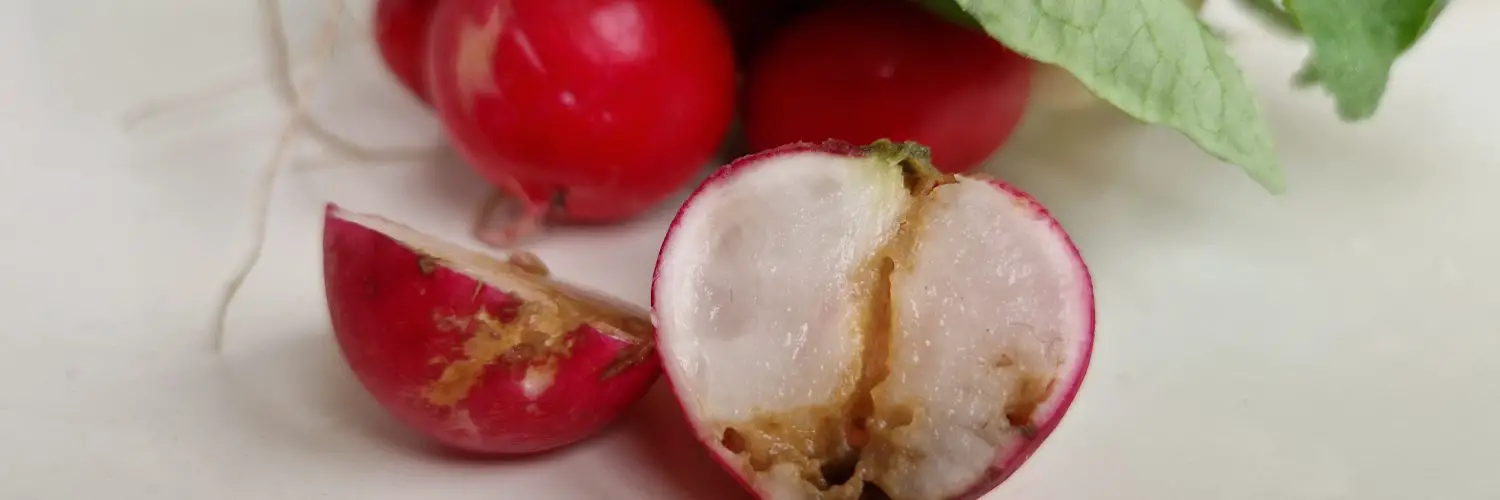
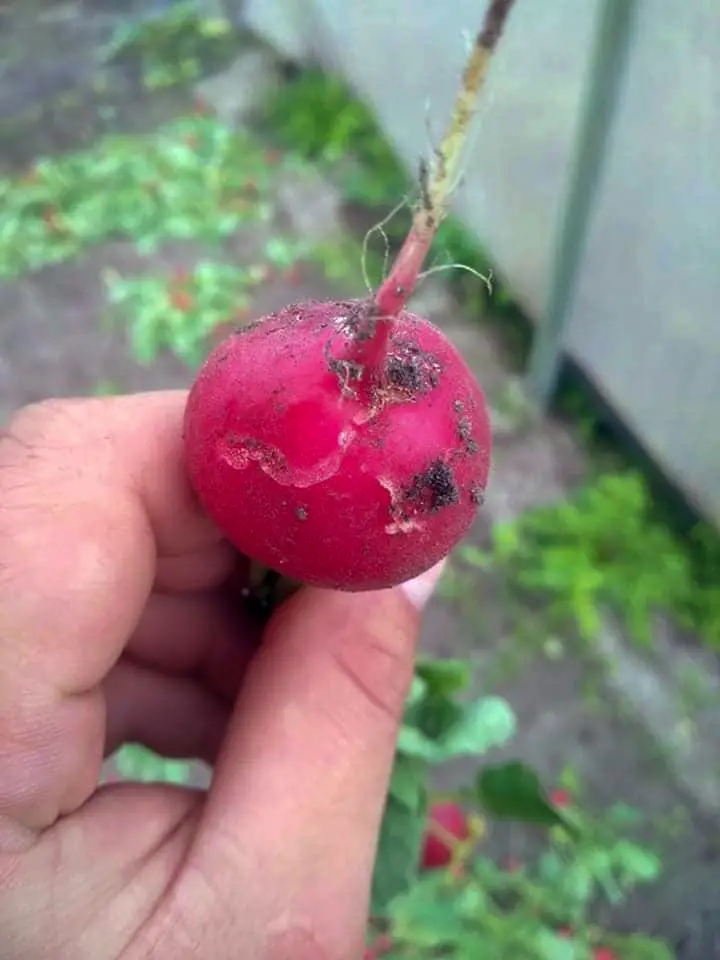
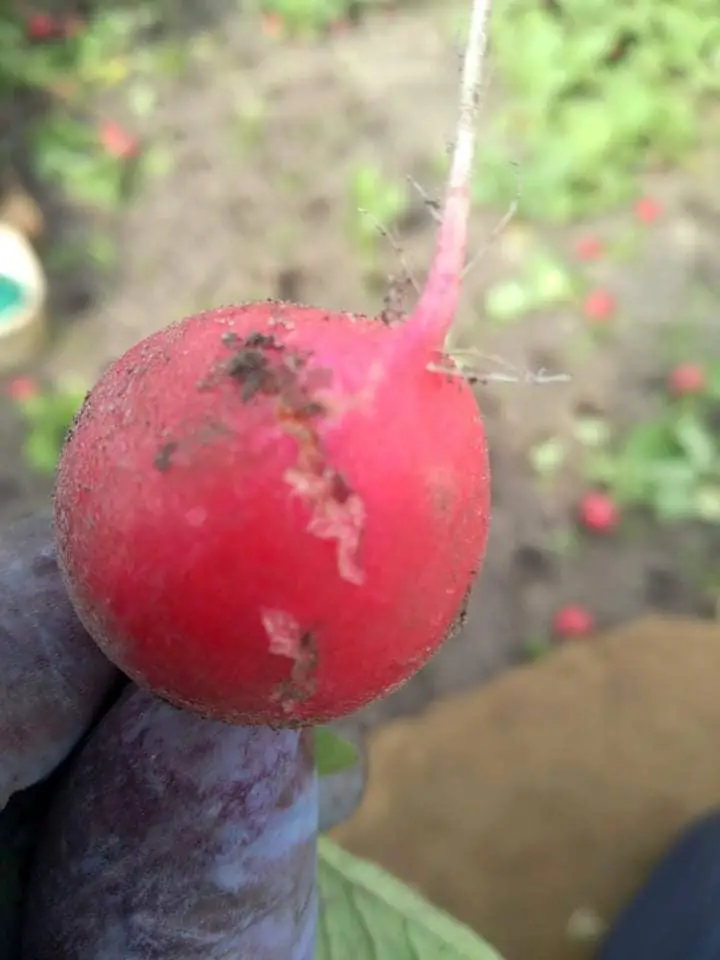
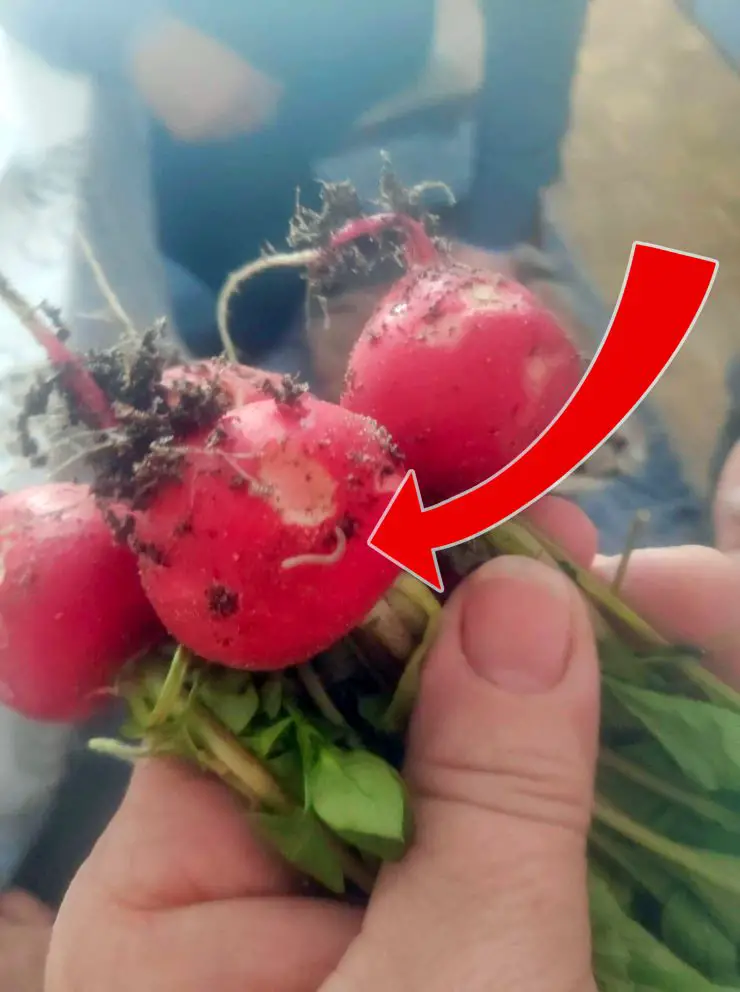












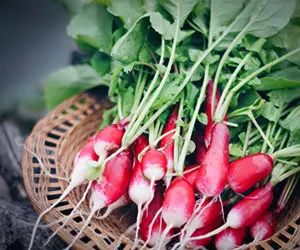

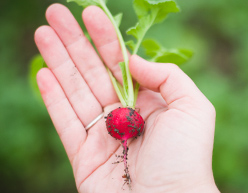







Add comment